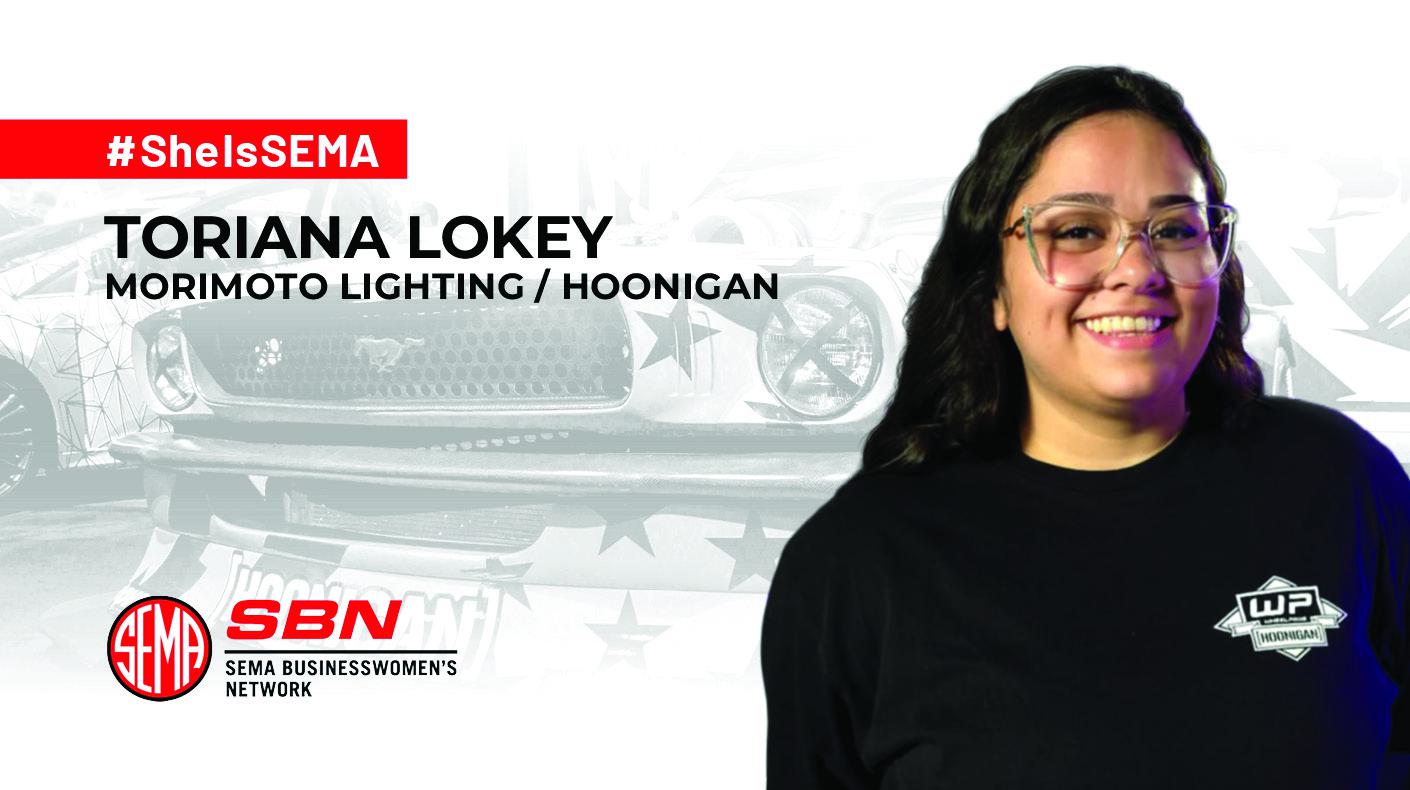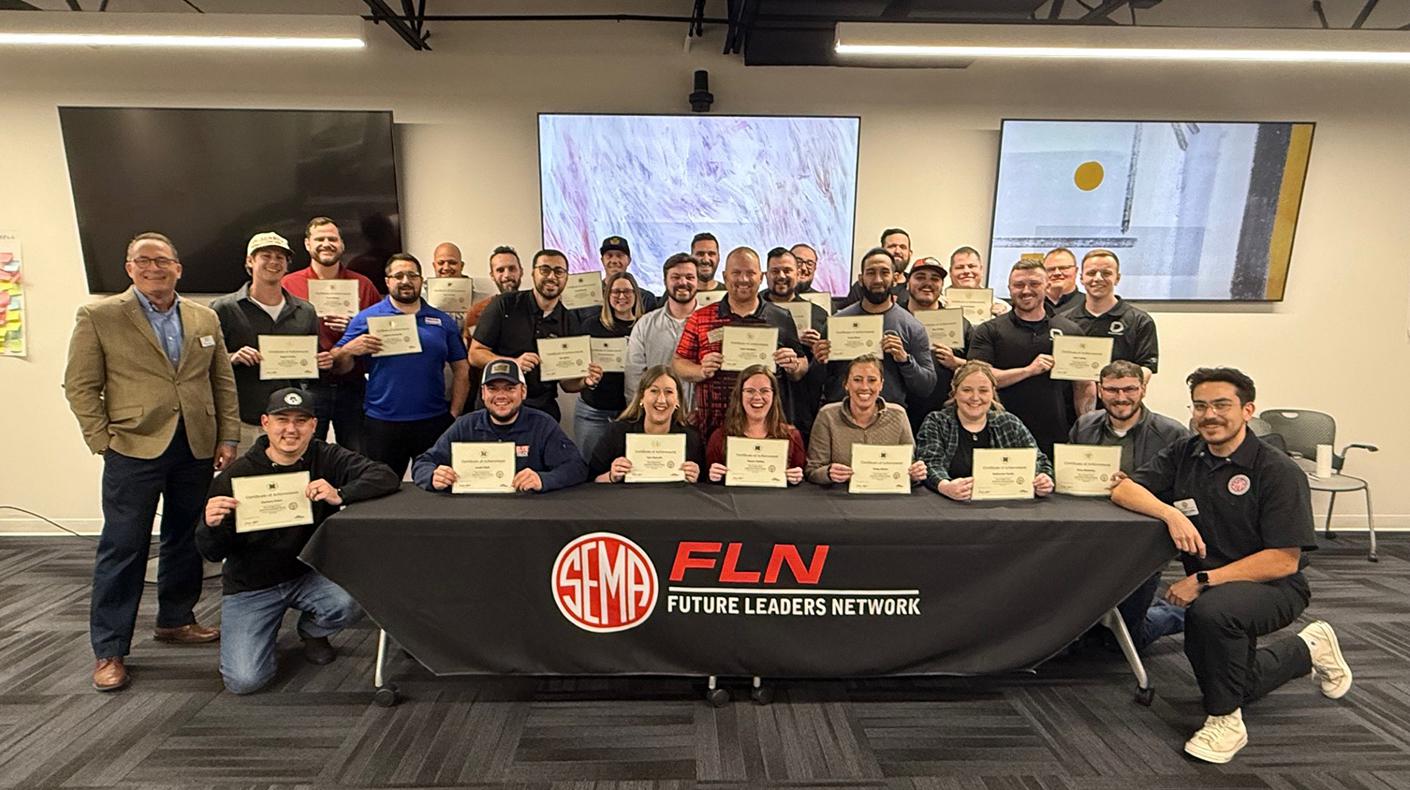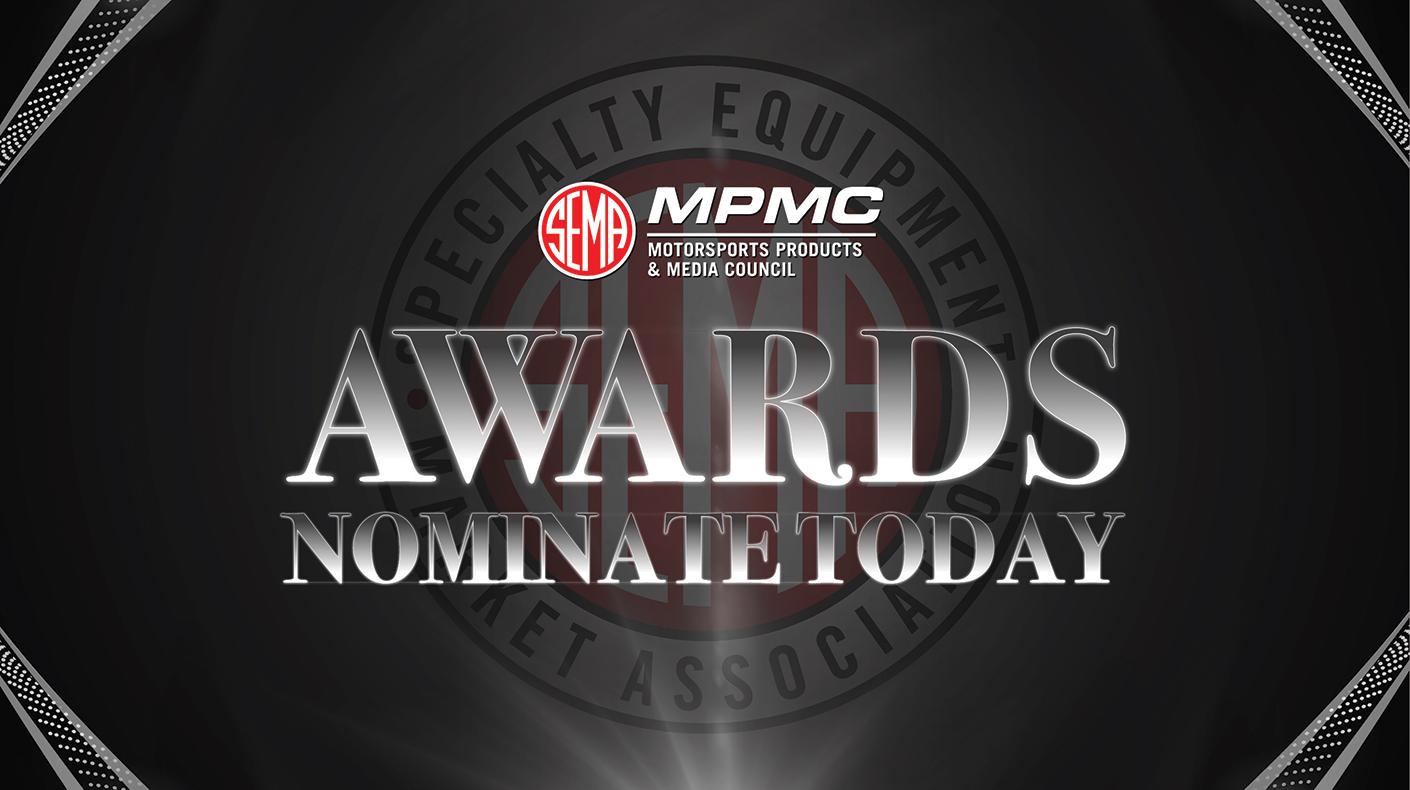
Sales in the custom wheel market have increased from just over $1.4 billion in 1992 to more than $4.6 billion in 2007.
To the specialty-equipment fan, custom wheels are the perfect opportunity to showcase luxury and opulence. But with these lean times, it is appropriate that current wheel trends are moving towards the basic and simple.
The trend for wheel design or style appears to be becoming more simple and elegant, according to recent SEMA research. It seems that the excessive look is past its peak. Many designers are offering wheels that are simple and straightforward—almost a retro look.
Basic five- and six-spoke wheels or mesh-center rims appears to be where the market is headed. There are exceptions, but most of those are in the 24-inch-and-up sizes that are low volume.
The majority of custom wheels offered today are one-piece cast wheels. They are the simplest to make and can be made in almost any design. Depending on the mold and casting quality, the wheels can be painted, polished or chrome plated. Painting covers up most imperfections because the primer and finish coats fill in the casting holes.
For a polished finish, a better quality wheel is required since imperfections are more visible. Chrome plating can cover some flaws because the copper undercoat can fill in the casting blemishes.
There are a number of forged one-piece wheels, but they generally command premium prices. The forging process results in the lightest and strongest wheel on the market. Generally, a forged wheel can be polished or chrome plated without much trouble, as the forging process results in a very smooth surface finish with few, if any, imperfections.
The remaining wheels are two- and three-piece wheels that are either forged or spun rims with forged centers. Most of the multi-piece wheels are at the upper end of the price scale and tend to be in larger sizes. The advantage of multi-piece wheels from a marketing standpoint is that they carry lower inventory levels.
When a wheel is ordered, the spider and rim sections are bolted together with the right off-set and bolt pattern for a specific application, which results in virtually no leftovers.
For the full SEMA News article on wheel and tire trends, click here.
For more original SEMA research, click here.





